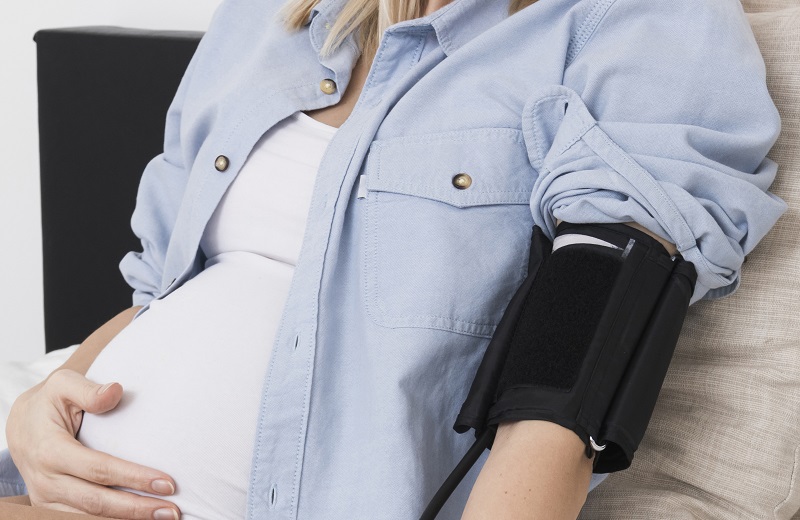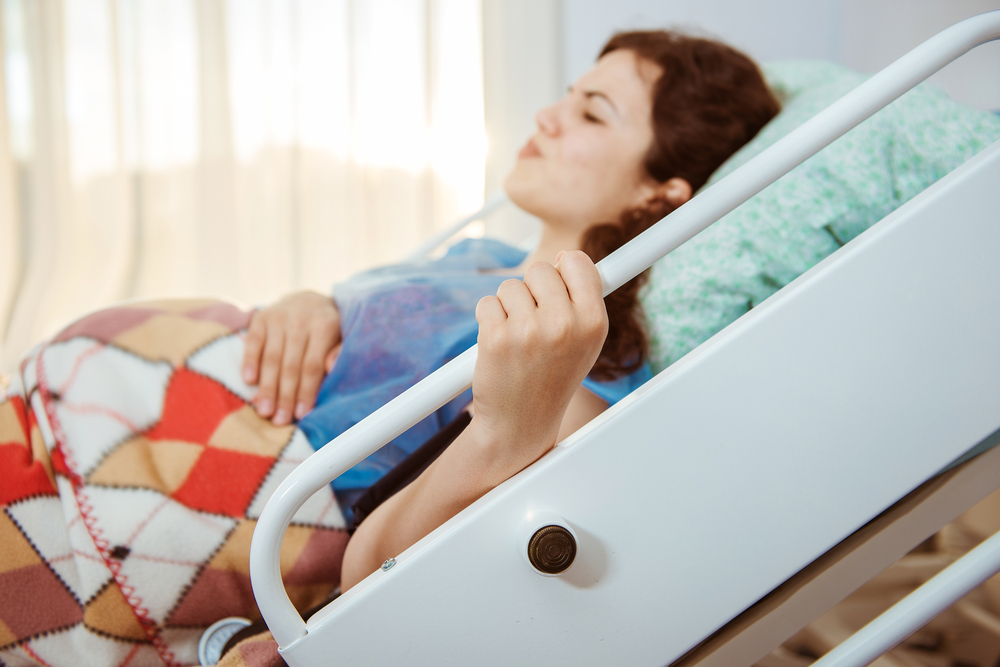Third Trimester
Best sleeping positions during pregnancy

For most women, pregnancy is a time of great joy, excitement and different expectations. However, unfortunately, for many it can also be a very challenging time, especially when it comes to lying down in bed comfortably and getting some sleep.
From the first trimester, sleeping problems start with your growing uterus putting pressure on your bladder, which keeps you rushing to the toilet in the middle of the night.
The main reason for sleeping problems and fatigue during pregnancy is hormone-related.
The hormone progesterone has sleep-inducing properties and it also affects your sleep cycle, which explains the excessive daytime sleep you experience.
Later in the second and third trimesters, you begin to experience heartburn from the extra weight you are carrying from your growing belly, which may cause sleep disruption.
Additionally, the hormone oxytocin has been shown to peak at night in pregnancy, coinciding with the onset of uterine contractions which may also lead to sleep disruption.
With that being said, getting a good night’s sleep while pregnant can be challenging, but here are few tips that can help you do it:
-
Try to regulate your sleep schedule by going to bed and getting up at the same time every day.
-
Establish a regular, relaxing bedtime routine, such as reading or taking a bath – 20 to 30 minutes before you turn in for the night.
-
Drink a lot of fluids during the day.
-
Cut down on drinks and foods that contain caffeine.
-
Drink a glass of warm milk before bedtime.
-
Avoid heavy meals and spicy food and eat frequent small meals throughout the day.
-
Avoid eating three hours before going to sleep in order to avoid having a stomach reflux.
-
Add a few daytime naps to your schedule; reduce them and make them earlier in the day if you can’t fall asleep at night.
Sleeping Positions in pregnancy
-
Sleeping on your stomach
It’s unlikely you'll be able to sleep comfortably on your stomach as your belly grows, but you can sleep face down for as long as it suits you.
-
Sleeping on your back
Experts recommend avoiding sleeping on your back during the second and third trimesters because this position rests the entire weight of the growing uterus and your baby on your vena cava (the main vein carrying blood back to the heart).
This pressure can aggravate backaches and hemorrhoids, and possibly cause hypotension (low blood pressure), which can make you dizzy and reduce blood flow to the fetus, giving your baby less oxygen and nutrients.
-
Sleeping on your left side
During the second and third trimesters, sleeping on the left side is the preferred position for you and your baby. This position allows for maximum blood flow and nutrients to the placenta (which means less pressure on the vena cava) and enhances kidney function, which means better elimination of waste products and less swelling in your feet, ankles and hands.
Sleep positions that accommodate your growing belly
-
Left-side sleeping:
Placing a folded towel under you belly; putting a pillow between your legs and another behind your back to relieve stress on your back.
-
Try Sleeping in a semi-sitting position:
by placing two pillows behind your back and under your head, two pillows under your knees and one pillow under each arm.














